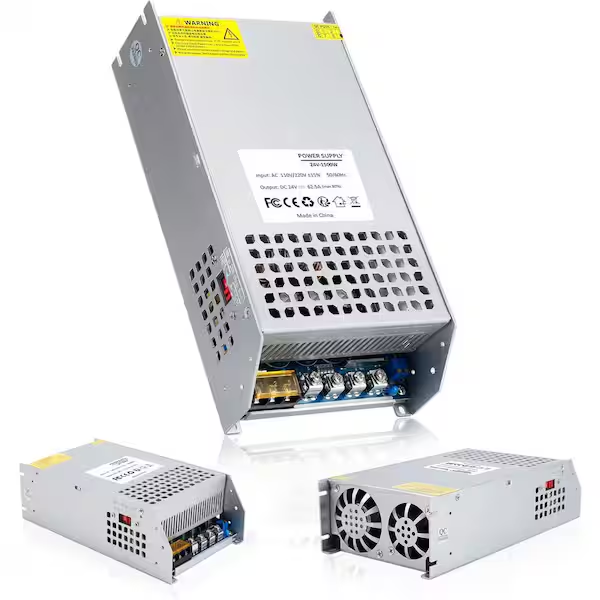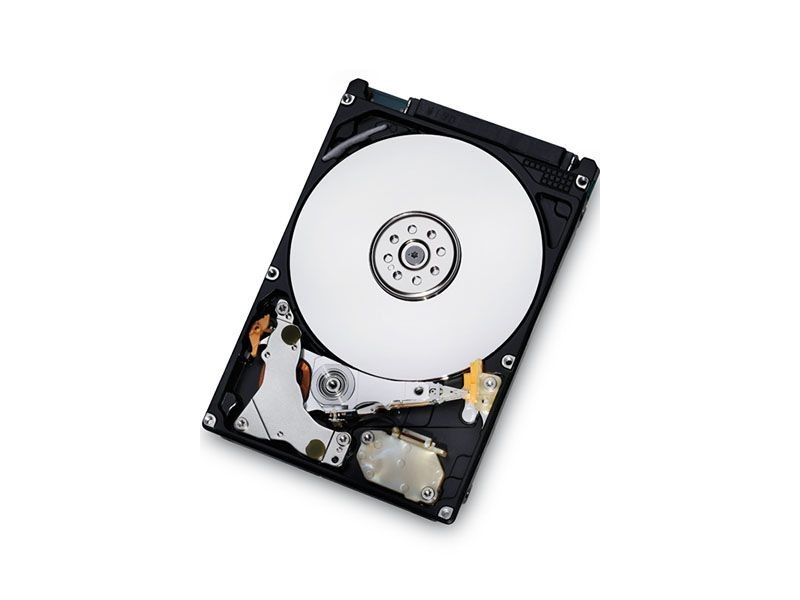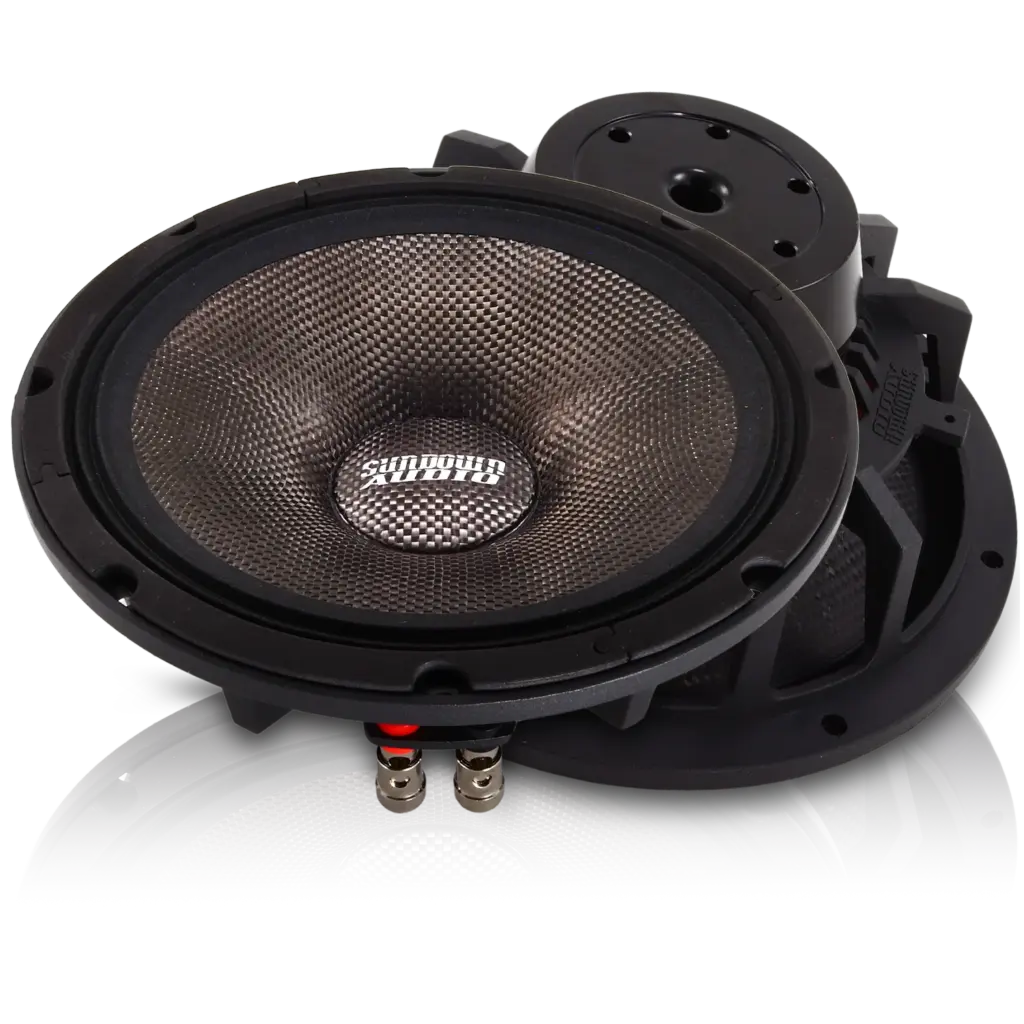Application of Magnetic Materials in the Electronics Industry
The electronics industry relies heavily on high-performance magnetic materials to achieve miniaturization, energy efficiency, and precision functionality. From consumer electronics to industrial-grade devices, magnets provide critical components for power conversion, signal processing, and automation. At HSMAGNET, we deliver advanced magnetic solutions that meet the evolving requirements of electronics manufacturers worldwide.

Power Supplies and Transformers
In almost every electronic device that plugs into a wall, a transformer is used to “step down” the high voltage from the outlet to a lower, safer voltage for the device’s internal circuits. This process is highly reliant on soft magnetic materials.
Why soft magnets are essential: Soft magnetic materials are easily magnetized and demagnetized, which is crucial for the rapid on-off cycling of AC power. Their low energy loss (hysteresis loss) during this process ensures that the transformer is efficient and doesn’t overheat.
How it works: A transformer has two coils of wire wound around a soft magnetic core, typically made of silicon steel or ferrite. An alternating current (AC) in the primary coil generates a rapidly changing magnetic field within the core. This changing field then induces an AC voltage in the secondary coil.
Data Storage
For decades, magnetic materials were the primary way we stored data, and they are still used in many applications today. This application relies on hard magnetic materials that can permanently hold a magnetic state.
Magnetic Tape: Similar to HDDs, magnetic tapes are coated with a hard magnetic material and are still used for large-scale data backup and archiving.electromagnetic coil (a soft magnet application) to create a temporary magnetic field that moves a plunger or closes a switch.
Hard Disk Drives (HDDs): HDDs store digital data on a spinning disk coated with a hard magnetic material. A read/write head, which contains a tiny electromagnet, alters the magnetic orientation of microscopic domains on the disk to represent binary data (0s and 1s). The head then reads these orientations to access the information.


Motors and Speakers
Tiny motors and speakers are found in countless electronic devices, from smartphones to gaming consoles. Both rely on the interaction between an electromagnet and a permanent magnet.
- Electric Motors: Motors, such as those in cooling fans or vibration motors in smartphones, use hard magnets (like neodymium magnets) to create a fixed magnetic field. When an electrical current flows through a coil (electromagnet) within this field, a force is generated, causing the motor to spin or vibrate.
- Speakers and Headphones: In speakers, a permanent magnet creates a constant magnetic field. An electrical audio signal flows through a voice coil, which is a tiny electromagnet. This signal causes the coil’s magnetic field to change, making the coil vibrate. These vibrations are transferred to a cone or diaphragm, producing the sound we hear.
Advanced and Emerging Applications
The electronics industry is constantly innovating, and magnetic materials are at the forefront of new technologies.
Magnetic Shielding: Soft magnetic materials, like permalloy, are used to shield sensitive electronic components from stray magnetic fields that could interfere with their operation.
Wireless Charging: Technologies like MagSafe use hard magnets to ensure perfect alignment between a phone and its wireless charging pad. This precise alignment is key to efficient power transfer via magnetic induction.
Sensors: Magnetic sensors, such as Hall effect sensors and magnetometers, are ubiquitous. They are used in smartphones for the compass feature, in laptops to detect when the lid is closed, and in gaming controllers to sense movement.
